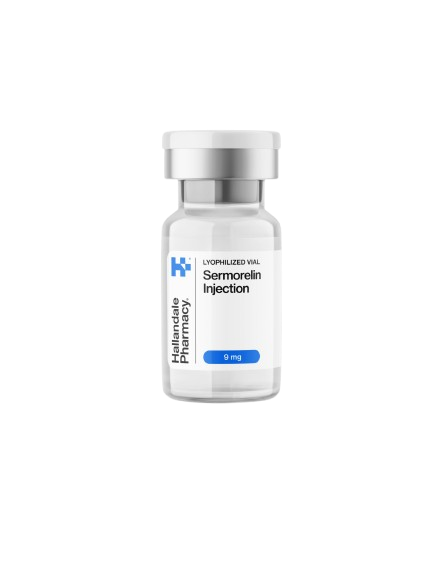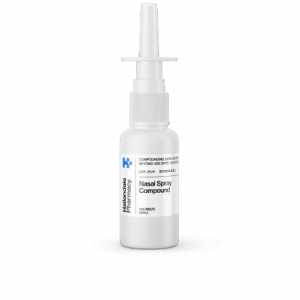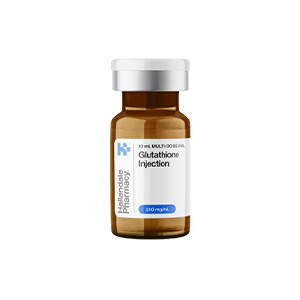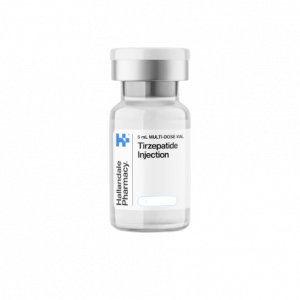To self-administer sermorelin injections, follow these general steps:
-
Prepare the Injection:
- Wash your hands thoroughly before handling the vial and syringe.
- Reconstitute the sermorelin powder with the provided bacteriostatic water (if necessary), following the instructions given by your healthcare provider.
-
Draw the Dose:
- Use a sterile syringe to draw the prescribed dose (usually 0.1-0.3 mg) of sermorelin from the vial.
- Ensure there are no air bubbles in the syringe.
-
Choose an Injection Site:
- Common sites for subcutaneous injection are the fatty area of your abdomen or thigh. Rotate injection sites to avoid irritation.
-
Inject the Sermorelin:
- Pinch the skin at the injection site and insert the needle at a 45-degree angle.
- Slowly push the plunger to inject the sermorelin.
-
Dispose of the Needle:
- Properly dispose of the needle in a sharps container after use.
Dosage Schedule:
- Typical dosage: The recommended dosage is usually 0.1-0.4 mg, injected once daily, typically before bedtime.
Sermorelin is generally well-tolerated, but some people may experience side effects. Common side effects include:
- Injection Site Reactions: Redness, swelling, or irritation at the injection site.
- Headaches: Mild to moderate headaches can occur.
- Flushing: Some individuals may experience skin flushing or warmth.
- Nausea: Occasional nausea may occur after administration.
- Dizziness: Some users report feeling lightheaded or dizzy.
- Joint Pain: In rare cases, users may experience mild joint or muscle discomfort.
Most side effects are mild and temporary. However, if you experience severe or persistent symptoms, contact your healthcare provider.
Sermorelin injections should be avoided or used with caution in the following cases:
- Hypersensitivity: Individuals who are allergic to sermorelin or any of its ingredients should not use it.
- Cancer: People with active cancer, especially those with a history of tumors, should avoid sermorelin due to its potential to stimulate cell growth.
- Severe Respiratory Problems: People with severe breathing issues or conditions like asthma should consult their healthcare provider before use.
- Pregnancy and Breastfeeding: Sermorelin is not recommended for use during pregnancy or while breastfeeding due to potential risks to the baby.
- Children with Closed Growth Plates: Sermorelin should not be used in children whose growth plates have closed, as it may interfere with bone development.
- Diabetes: Individuals with uncontrolled diabetes should use caution, as sermorelin may affect insulin sensitivity.






